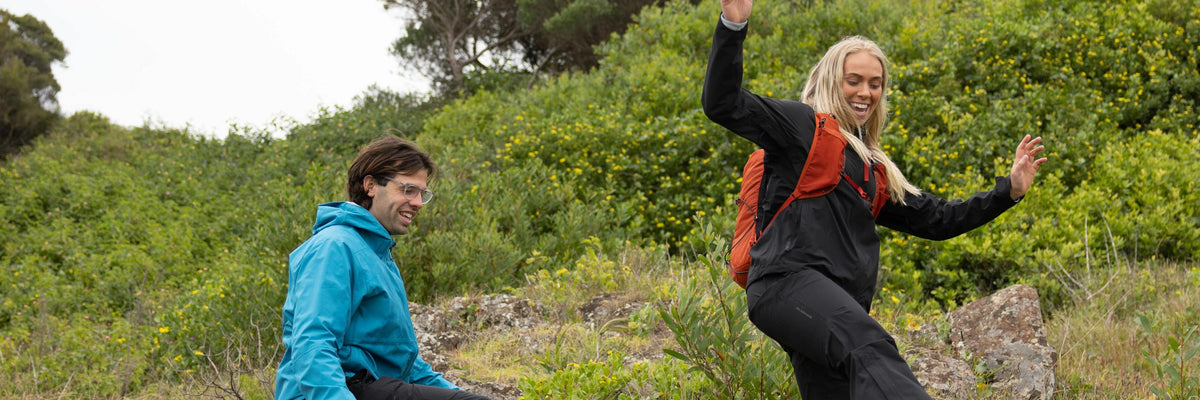Embarking on a hiking adventure can be a thrilling and rewarding experience. However, to truly enjoy the beauty of the great outdoors, it's important to prepare your body for the challenges ahead. Whether you're planning a gentle countryside stroll or an ambitious mountain trek, training for hiking will help you tackle the trails with confidence. Here's how:
Start with Regular Walking
Walking is a fantastic way to build endurance and prepare your muscles for hiking. Begin by incorporating daily walks into your routine. Start with shorter distances and gradually increase the duration and intensity of your walks. Aim for at least 30 minutes of brisk walking each day to build a solid foundation.
Strengthen Your Leg Muscles
Hiking puts significant demands on your leg muscles, so it's important to strengthen them. Include exercises like lunges, squats, step-ups, and calf raises in your training routine. These exercises will help improve your stability, balance, and overall leg strength, making those uphill climbs a breeze.
Add Cardiovascular Training
Hiking often involves navigating varying terrains and inclines, which require cardiovascular endurance. Incorporate activities like jogging, cycling, or swimming into your training regimen. These exercises will boost your stamina, improve lung capacity, and enhance your overall cardiovascular fitness.
Don't Forget Core and Upper Body Strength
While hiking primarily engages the lower body, a strong core and upper body can provide stability and balance on the trails. Include exercises like planks, Russian twists, push-ups, and rows to strengthen your core, arms, and shoulders. This balanced strength will help you maintain good posture and stability while carrying a backpack.
Practice Hiking-Specific Exercises
To simulate hiking conditions, incorporate hiking-specific exercises into your training routine. Find a local hill or incline and practice hiking up and down it. This will help familiarise your muscles with the demands of hiking, including uphill climbs and descents. Consider wearing your hiking boots during these exercises to get used to their feel and support.
Gradually Increase Distance and Difficulty
As your fitness improves, gradually increase the distance and difficulty of your hikes. Start with shorter and easier trails, then progress to longer and more challenging routes. This progressive approach allows your body to adapt and prevents overexertion or injury. Another simple way to improve difficulty if you don't have large hills close by is to increase the weight of your backpack.
Don't Forget Rest and Recovery
Rest and recovery are just as important as training itself. Listen to your body and allow for adequate rest days between training sessions. This downtime allows your muscles to repair and strengthen, reducing the risk of overuse injuries.
Training for hiking is a crucial step in preparing yourself for the adventures that await. By following these training tips, you'll develop the necessary strength, endurance, and resilience to conquer any trail with confidence. Remember to embrace the beauty of nature, respect the environment, and enjoy the journey as you explore the great outdoors. Happy hiking!












